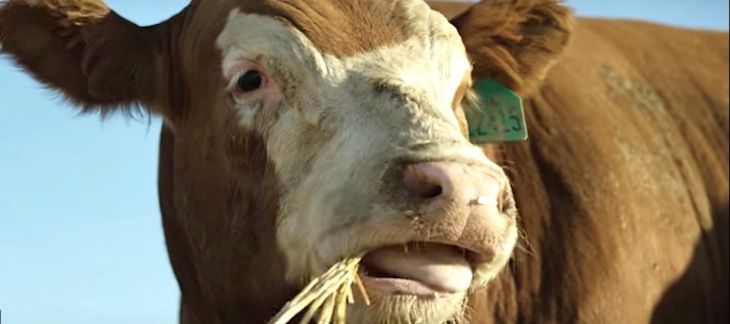Meat production forecasts are higher for 2020, but glut exists
by March 13, 2020 1:14 pm 1,106 views

Meat companies like Tyson Foods will have to balance the robust meat production estimates with the threat of recession and looming issues around the coronavirus (COVID-19) that have disrupted supply chains and presented logistics challenges for exports in the short-term.
The U.S. Department of Agriculture’s recent World Agricultural Supply and Demand Estimates (WASDE) report raised its slaughter forecasts across all the meat protein segments. USDA raised its beef production forecasts from last month as higher expected steer and heifer slaughter more than offsets lower non-fed cattle slaughter. Heavier carcass weights are also expected to support increased beef production. The report said the beef import forecast was raised on higher demand of processing grade beef, but the fed cattle price forecast is down from last month amid recent price weakness and increased production.
U.S. beef exports in January totaled 245.1 million pounds, up 3.1% from the year-ago period, despite weaker exports to Mexico and Japan. Last month beef exports were down from the prior month, missing the 5% to 8% gain that was predicted, partly because of port backlogs in China and other parts of Asia amid the COVID-19 outbreak.
The WASDE pork production forecast is higher this month on higher first-quarter slaughter numbers, the report states. Pork exports are also up from February, as strong international demand remains high amid the shortfall in China amid African Swine Fever. The hog price forecast was down slightly because of large hog supplies.
While U.S. pork production is up significantly from a year ago but so is the international demand for U.S. pork products. This has kept the domestic market from more increased supplies.
The U.S. broiler (chicken) industry production forecast is also higher in March based on the pace of slaughter and recent hatchery data pointing to continued flock expansion, the report states. Broiler and egg export forecasts are raised slightly from February based on recent trade data, while the turkey forecast is reduced, the report added. Broiler prices are lowered as supplies outweigh demand.
Broiler (chicken) exports climbed 2.7% in January from the prior-year period. That was 596 million pounds of chicken sent abroad. The report said poultry exports to Mexico increased by 12 million pounds, or 9.7%. USDA’s March update places per capita broiler consumption in 2020 at 99.2 pounds per person, up 4.6% from 2019 and 7.4% higher than in March 2018.
Tyson Foods CEO Noel White has said protein demand is expected to increase around the world. He said Tyson is tasked with planning for long-term growth while also mitigating short-term risks. He said the company is comfortable expanding its chicken production with a new plant in Humboldt, Tenn., that is expected to open in December. He said the uptick in poultry supplies from the plant will likely be needed to fill rising demand. White also said last month Tyson’s plants were at capacity for a five-day work-week. He said Tyson was exporting meat, though the rate has slowed in recent weeks due to COVID-19.
USDA reported last month rising supplies of chicken were stockpiling in cold storage. The agency said chicken in cold storage rose to 12% to 957.5 million pounds in January as exports were curtailed because of COVID-19. Chicken is not the only meat filling cold storage facilities, pork quantities rose 11% year-over-year. Meat analysts have said the oversupply will likely worsen before it gets better.
Ben Bienvenu, an analyst with Stephens Inc., said U.S meat supplies have been abundant for some time and that looks to be the case for most of 2020. He said this will put pressures on prices.
“While there is not a clear metric to determine the market effects of coronavirus on supply, we can see intuitively it is going to weigh on demand,” Bienvenu said.
He expects meat exports to return to normal once the outbreak is contained and the backlog in the supply chain is flowing again.
